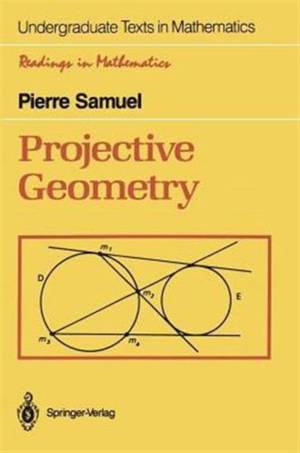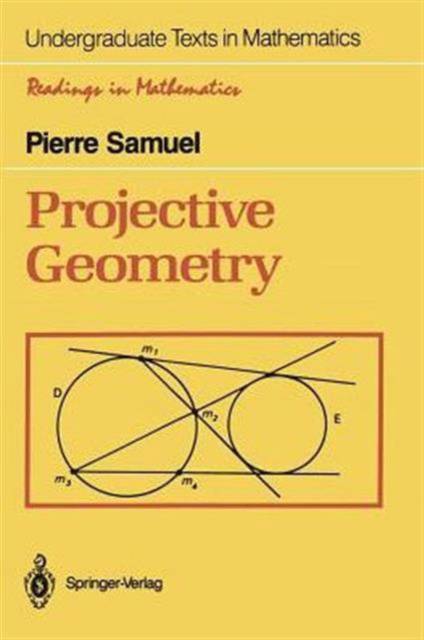
Je cadeautjes zeker op tijd in huis hebben voor de feestdagen? Kom langs in onze winkels en vind het perfecte geschenk!
- Afhalen na 1 uur in een winkel met voorraad
- Gratis thuislevering in België vanaf € 30
- Ruim aanbod met 7 miljoen producten
Je cadeautjes zeker op tijd in huis hebben voor de feestdagen? Kom langs in onze winkels en vind het perfecte geschenk!
- Afhalen na 1 uur in een winkel met voorraad
- Gratis thuislevering in België vanaf € 30
- Ruim aanbod met 7 miljoen producten
Zoeken
€ 129,95
+ 259 punten
Omschrijving
The purpose of this book is to revive some of the beautiful results obtained by various geometers of the 19th century, and to give its readers a taste of concrete algebraic geometry. A good deal of space is devoted to cross-ratios, conics, quadrics, and various interesting curves and surfaces. The fundamentals of projective geometry are efficiently dealt with by using a modest amount of linear algebra. An axiomatic characterization of projective planes is also given. While the topology of projective spaces over real and complex fields is described, and while the geometry of the complex projective libe is applied to the study of circles and Möbius transformations, the book is not restricted to these fields. Interesting properties of projective spaces, conics, and quadrics over finite fields are also given. This book is the first volume in the Readings in Mathematics sub-series of the UTM. From the reviews: "...The book of P. Samuel thus fills a gap in the literature. It is a little jewel. Starting from a minimal background in algebra, he succeeds in 160 pages in giving a coherent exposition of all of projective geometry. ... one reads this book like a novel. " D.Lazard in Gazette des Mathématiciens#1
Specificaties
Betrokkenen
- Auteur(s):
- Vertaler(s):
- Uitgeverij:
Inhoud
- Aantal bladzijden:
- 156
- Taal:
- Engels
- Reeks:
Eigenschappen
- Productcode (EAN):
- 9780387967523
- Verschijningsdatum:
- 12/09/1988
- Uitvoering:
- Paperback
- Formaat:
- Trade paperback (VS)
- Afmetingen:
- 157 mm x 236 mm
- Gewicht:
- 249 g

Alleen bij Standaard Boekhandel
+ 259 punten op je klantenkaart van Standaard Boekhandel
Beoordelingen
We publiceren alleen reviews die voldoen aan de voorwaarden voor reviews. Bekijk onze voorwaarden voor reviews.









